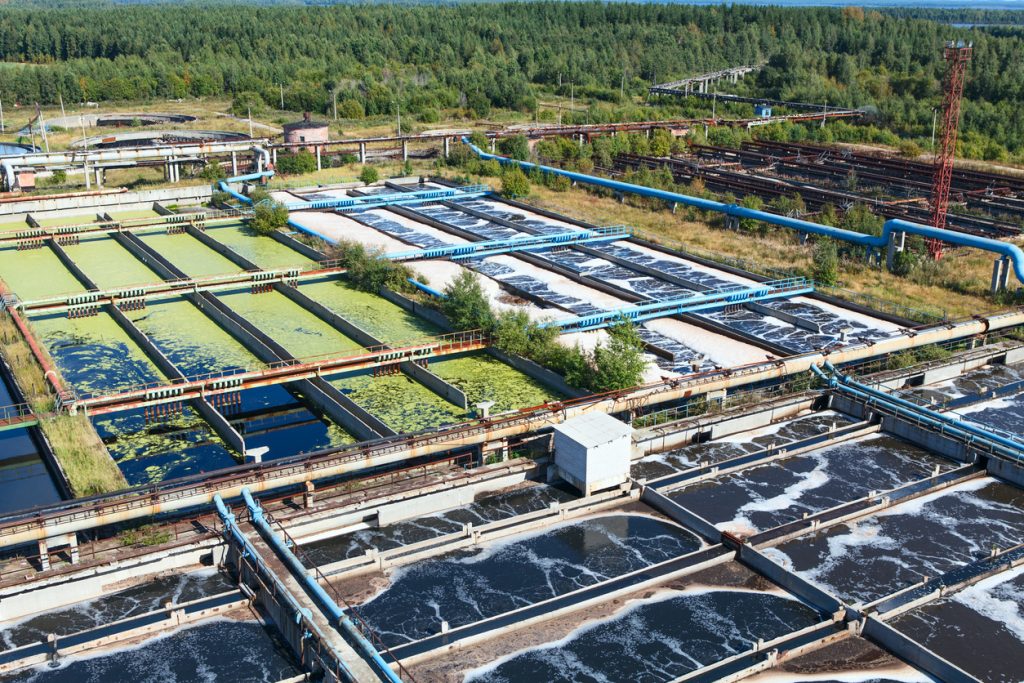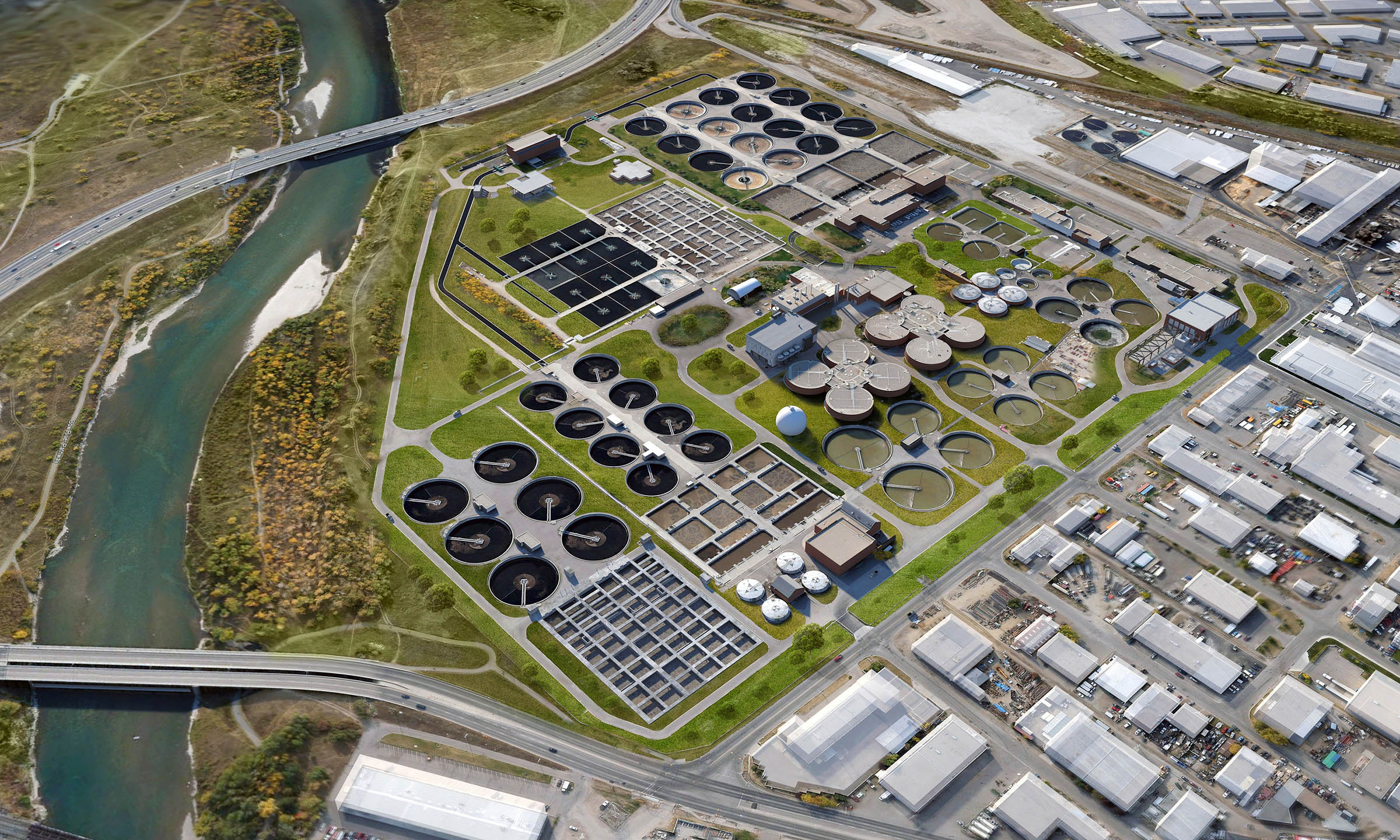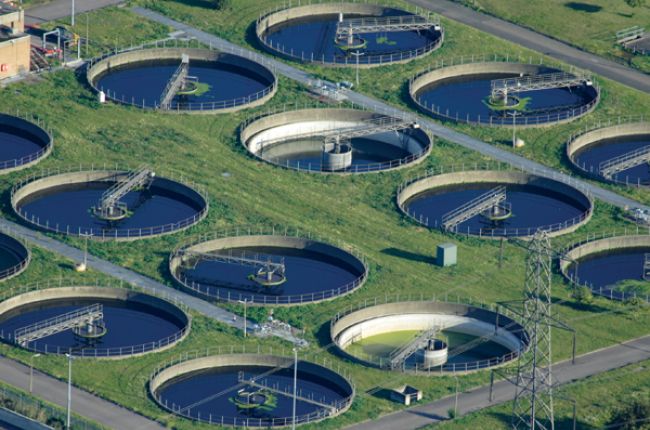Ecological Influence of Waste Water Treatment: What You Required to Know
Strategic Approaches to Improve Drainage Therapy Efficiency and Lessen Environmental Effect
In the realm of waste water treatment, the pursuit for boosted efficiency and lowered environmental effect is a perpetual difficulty that demands calculated remedies. The combination of sophisticated treatment innovations, energy-efficient procedures, resource healing methods, enhanced nutrient removal techniques, and wise surveillance and control systems represents a multifaceted framework for attending to these pressing worries.
Advanced Treatment Technologies
Sophisticated membrane layer purification systems have actually transformed advanced wastewater therapy procedures, dramatically enhancing the elimination of pollutants. This technology has verified to be highly efficient in eliminating a broad range of contaminants, consisting of drugs, heavy metals, and organic compounds, which are commonly testing to eliminate with traditional therapy approaches.
Furthermore, membrane filtering systems provide countless benefits over conventional treatment approaches. Additionally, these systems are extremely flexible and can be easily incorporated right into existing treatment plants or utilized as standalone units for decentralized applications.
Energy-Efficient Processes
The combination of energy-efficient procedures in wastewater treatment systems is crucial for optimizing resource application and decreasing functional expenses. One essential method to improving energy effectiveness in wastewater treatment is the application of sophisticated oygenation systems, such as great bubble diffusers or surface aerators, which can improve oxygen transfer effectiveness and minimize power usage.
In addition, enhancing procedure control and automation with making use of innovative sensing units and keeping track of systems can enhance overall energy efficiency by readjusting procedures in real-time based upon real need and conditions. Implementing power audits and frequently checking energy efficiency signs are necessary practices to recognize areas for improvement and track energy-saving initiatives effectively. Generally, the adoption of energy-efficient procedures in wastewater treatment not just benefits the setting but also adds to long-lasting cost savings and operational sustainability.
Source Recovery Techniques
With a concentrate on optimizing resource usage and sustainability in wastewater treatment systems, the implementation of source healing techniques becomes a crucial element in enhancing functional effectiveness. Resource healing techniques in wastewater treatment include the identification and removal of important sources from the waste stream, consequently turning what was as soon as thought about waste into a valuable property. By executing source healing techniques such as nutrient elimination and healing, energy generation from natural matter, and the production of multiple-use water, wastewater treatment plants can decrease environmental impact while making best use of efficiency.

Boosted Nutrient Removal Techniques
Executing advanced nutrient elimination strategies is necessary for enhancing the effectiveness of wastewater treatment systems. Enhanced nutrient elimination plays a vital function in reducing the ecological effect of treated effluent released into water bodies. Among the crucial methods used for enhanced nutrient elimination is the process of biological nutrient removal (BNR), which entails the removal of nitrogen and phosphorus through organic processes. This can be achieved via using specialized bacteria that can transform nitrogen compounds into inert nitrogen gas with denitrification, and build up phosphorus within their cells through a procedure called improved organic phosphorus elimination (EBPR)

Along with BNR, progressed treatment approaches such as membrane layer bioreactors (MBRs) and constructed wetlands can additionally be utilized to boost nutrient removal effectiveness. MBRs utilize membrane layers to achieve top quality effluent criteria by properly removing nutrients and suspended solids. Built wetlands mimic natural marsh procedures to get rid of nutrients via plant uptake, microbial activity, and sedimentation. By integrating these innovative nutrient elimination methods right into wastewater therapy systems, sectors and towns can properly lower nutrient contamination and secure the environment.
Smart Surveillance and Control Solution
Utilizing advanced technology, the assimilation of wise monitoring and control systems reinvents the functional performance of wastewater treatment browse around these guys facilities. These systems include advanced sensing units and data analytics to constantly keep track of key parameters such as pH degrees, turbidity, liquified oxygen, and circulation prices in real-time. By collecting and analyzing this information, drivers can get beneficial understandings right into the performance of the treatment processes, making it possible for positive changes to enhance therapy efficiency.
Smart surveillance and control systems also sustain remote monitoring abilities, permitting operators to accessibility real-time data and control functions from off-site areas. This remote availability boosts operational versatility and responsiveness, enabling quick treatments in situation of system breakdowns or changes in influent quality. The predictive upkeep capabilities of these systems aid avoid tools visit their website failings and minimize downtime, inevitably boosting the overall integrity of wastewater treatment operations.
Final Thought
To conclude, critical approaches such as sophisticated treatment innovations, energy-efficient procedures, source recuperation approaches, boosted nutrient elimination techniques, and smart tracking and control systems play a crucial function in improving wastewater treatment efficiency and reducing ecological impact. By carrying out these strategies, wastewater therapy plants can boost their general efficiency, decrease power usage, recover valuable resources, and guarantee compliance with environmental regulations. These approaches are important for sustainable and efficient wastewater monitoring methods.

In final thought, calculated strategies such as sophisticated treatment technologies, energy-efficient procedures, resource recovery approaches, improved nutrient elimination techniques, and wise monitoring and control systems play a critical role in improving wastewater therapy efficiency and lessening environmental effect.